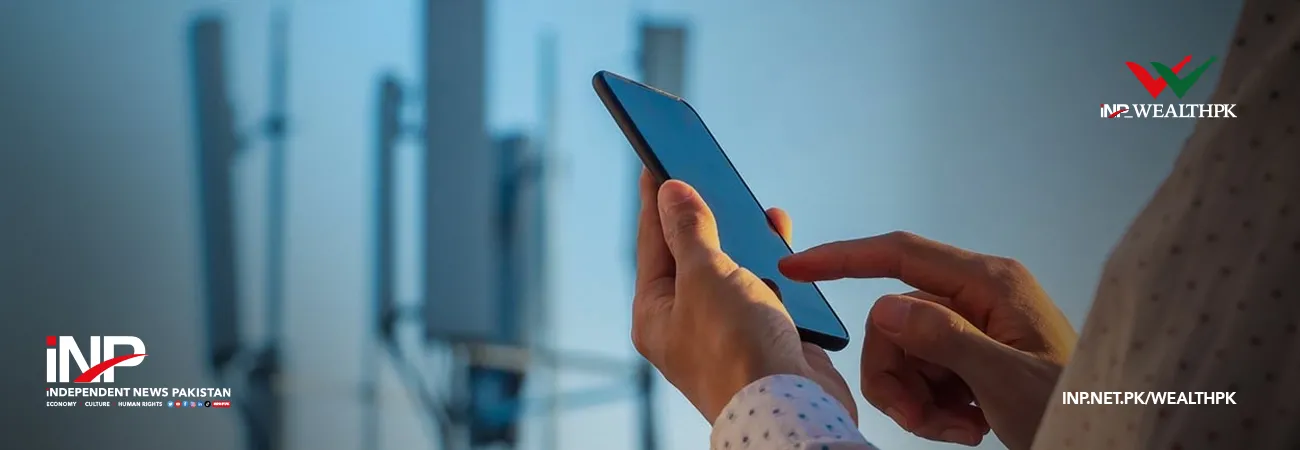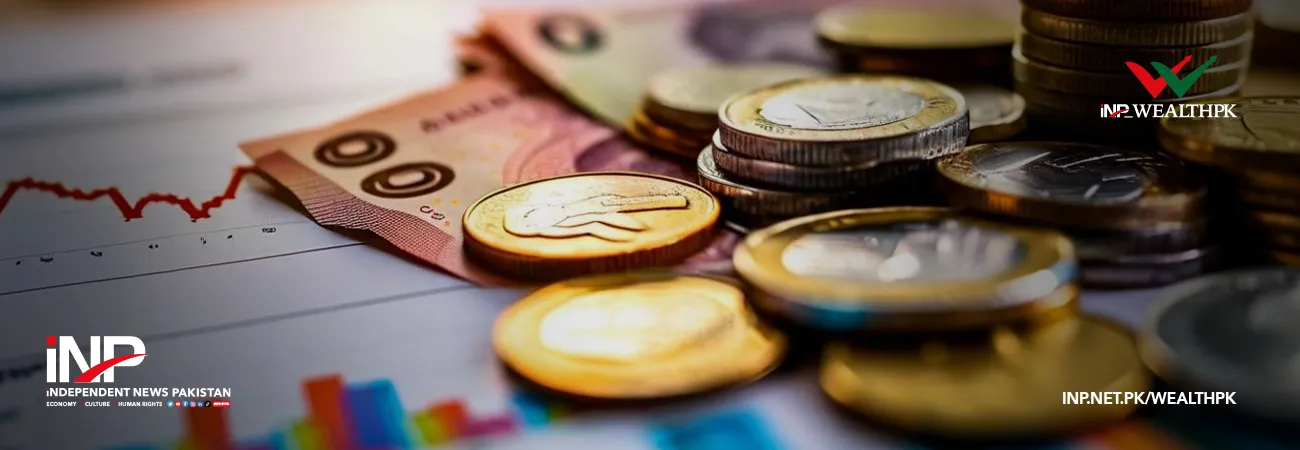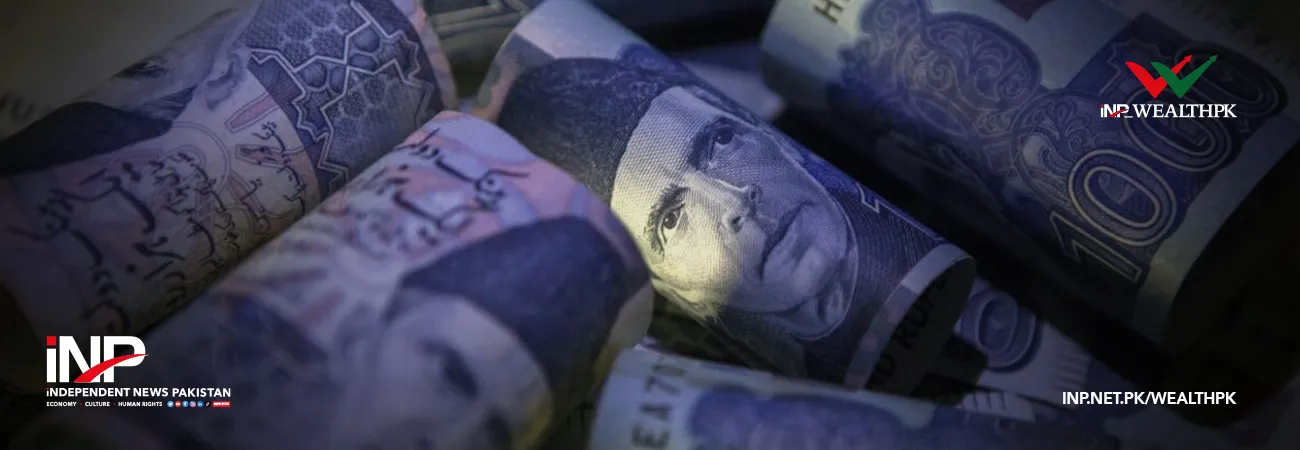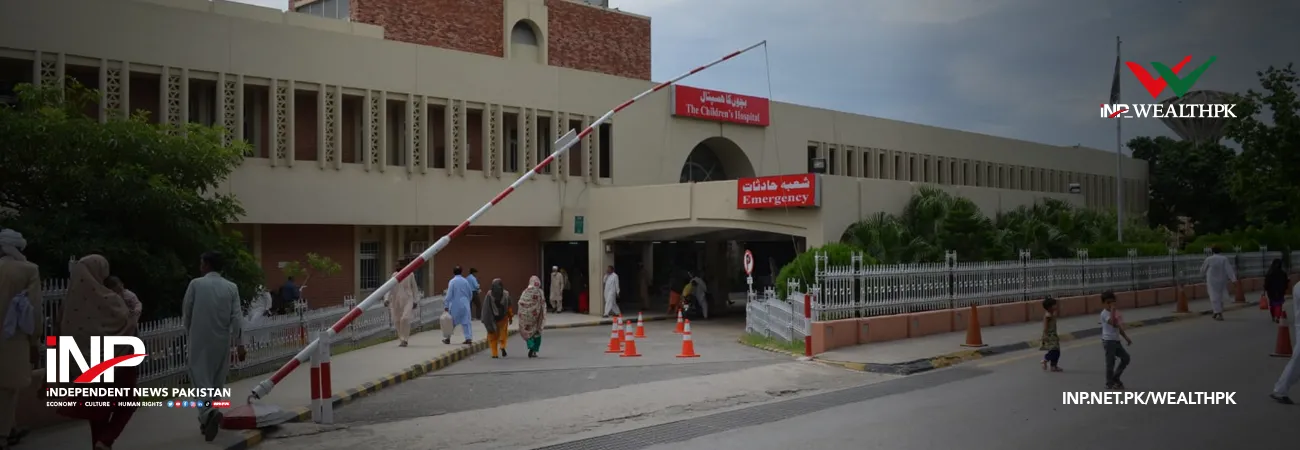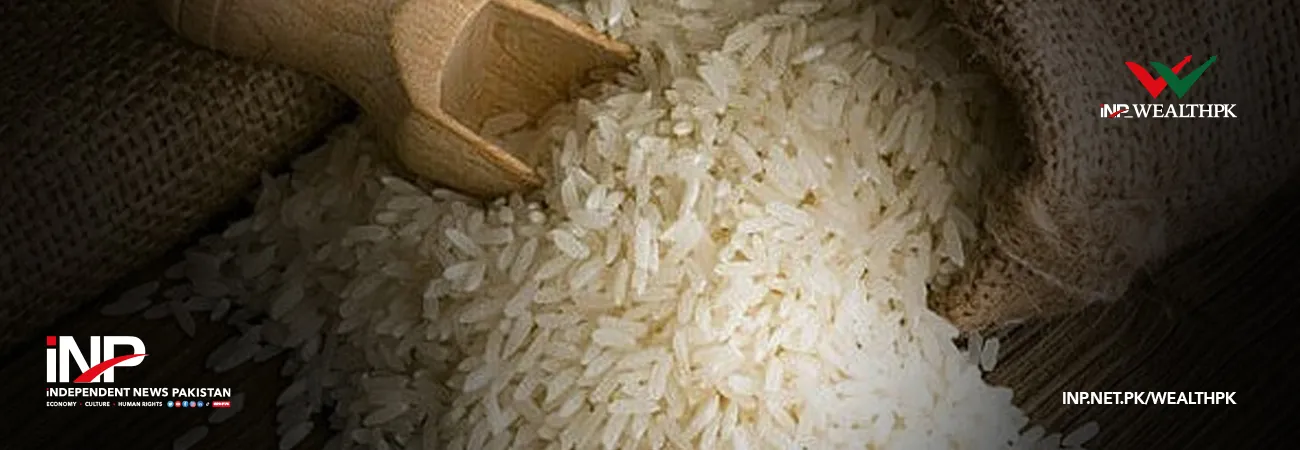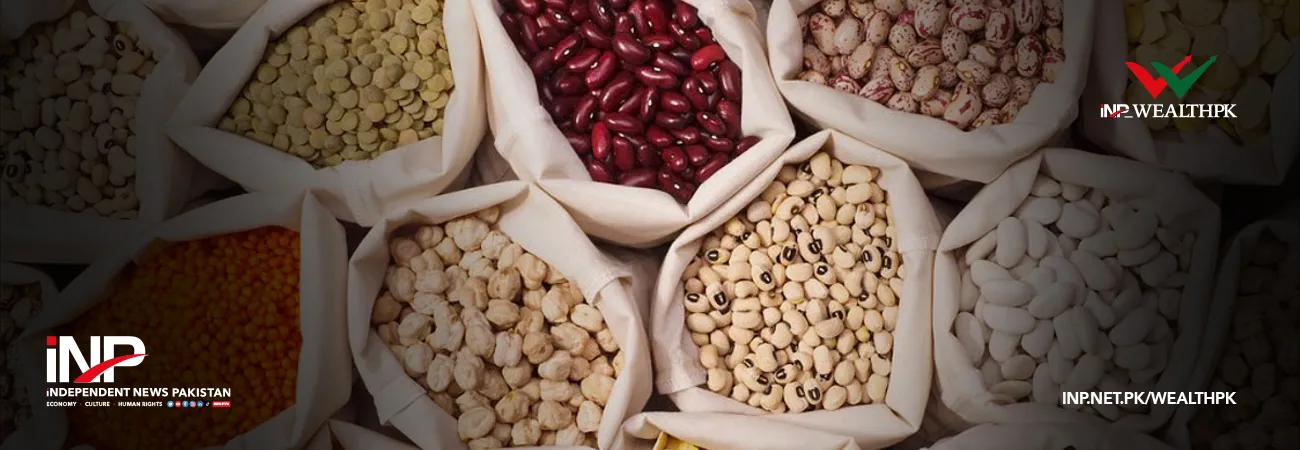INP-WealthPk
By Qudsia Bano ISLAMABAD, April 28 (INP-WealthPK): Farmers, agronomists, food manufacturers, and agricultural policymakers, who want to increase productivity and profitability at the same time, can benefit from space-based technology. Soil, snow cover, drought, and crop development are all monitored using remote sensing satellites. Satellite-based rainfall estimates assist farmers in determining the timing and amount of irrigation their crops will require. Accurate data and analysis can also aid in forecasting a region's agricultural output in advance, as well as predicting and minimizing the effects of food shortages and famines. Space science, technology, and applications provide such tools, which aid in the monitoring of crops, livestock, forestry, fisheries, and aquaculture, as well as assisting farmers, fisherfolk, foresters, and policymakers in their efforts to employ diverse methods of achieving sustainable food production, and to respond to related challenges such as adverse weather, droughts, floods, desertification and land degradation, vegetation fires, and disasters triggered by natural disasters. Aviation Researcher Fahad Ibne Masood told WealthPK that floods continue to be one of the most devastating natural disasters in terms of human and economic consequences. Floods pose a threat to food security, cause human deaths, damage property and infrastructure, destroy crops and cattle, and contribute to the degradation of public health owing to the spread of waterborne infections. “Space technology and its applications are critical not only for resolving the long-term effects of floods caused by reduced agricultural productivity but also for aiding rapid humanitarian relief in flood-affected areas,” he said. Fahad said earth observation products are widely used to anticipate storms and cyclones, as well as to track their overall economic impact. Land-use and land-cover maps are critical tools for policymakers developing plans for long-term rural development. Desertification, soil erosion, over salinization, and acidification are all risks that can be mapped using remote sensing data. Satellite photos allow for repeated observations of the ground surface, allowing for the evaluation of both static and dynamic land cover features (types, area, and arrangement, as well as types and rates of change). Some common applications of space technology in land-use mapping include soil and fertility studies and irrigated landscape mapping. Fahad said that a three-day International Conference on Space Technology for Socio-Economic Development was conducted recently in Islamabad. At the conference, experts urged the use of space technology for sustainable development in areas such as food security, humanitarian crisis prevention, natural resource monitoring, and environmental management. The researcher said the national space agency is working on a number of initiatives related to national development and security. Pakistan's ambitious aim to send the first astronaut into space is one of the priority programs. “Suparco (Pakistan Space and Upper Atmosphere Research Commission) is committed to promoting the use of space technology and its applications for attaining the UN member states' adopted sustainable development goals," he said. Fahad said space technology plays a significant role in addressing numerous concerns such as climate change, resource monitoring, disaster management and mitigation, health, and education. He said Pakistan's national space agency recently struck a deal with Turkish Aerospace Industries (TAI) to construct communication satellites and other space projects together. Fahad said the joint production will substantially strengthen Pakistan's existing space technology as well as research and development. He said space technology investments are essential for Pakistan to develop and use applications for peaceful purposes, and commercial space exploration.






